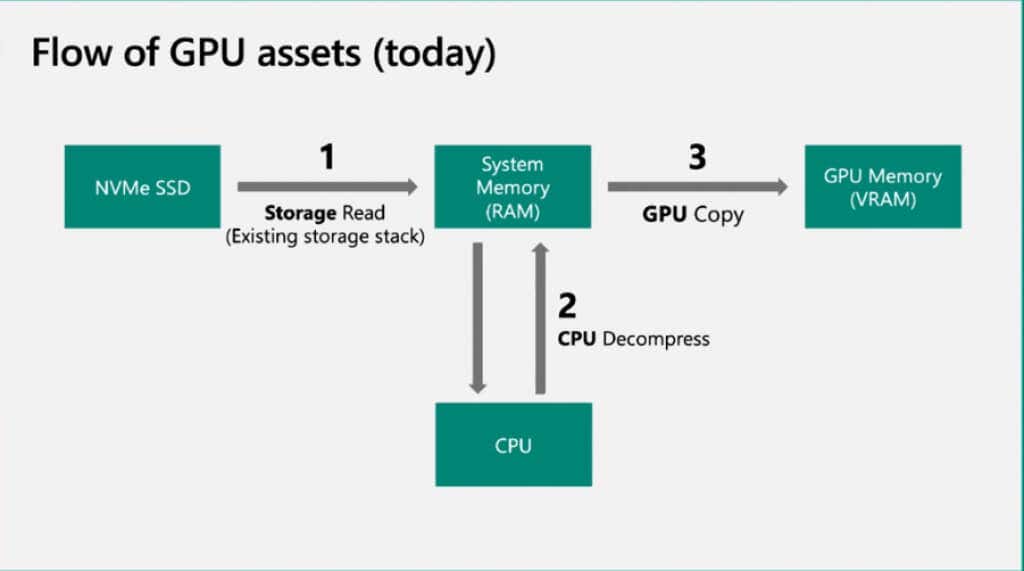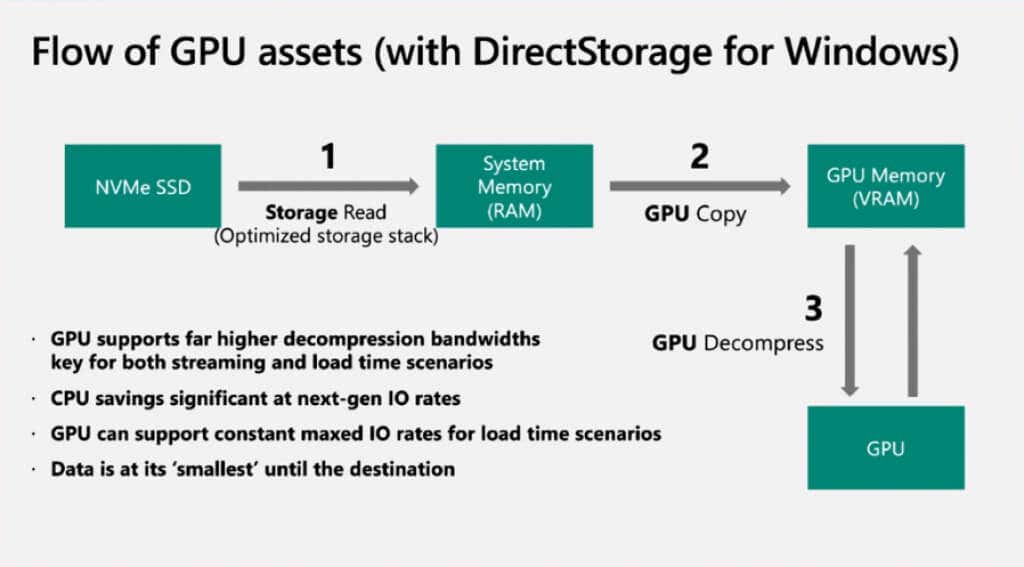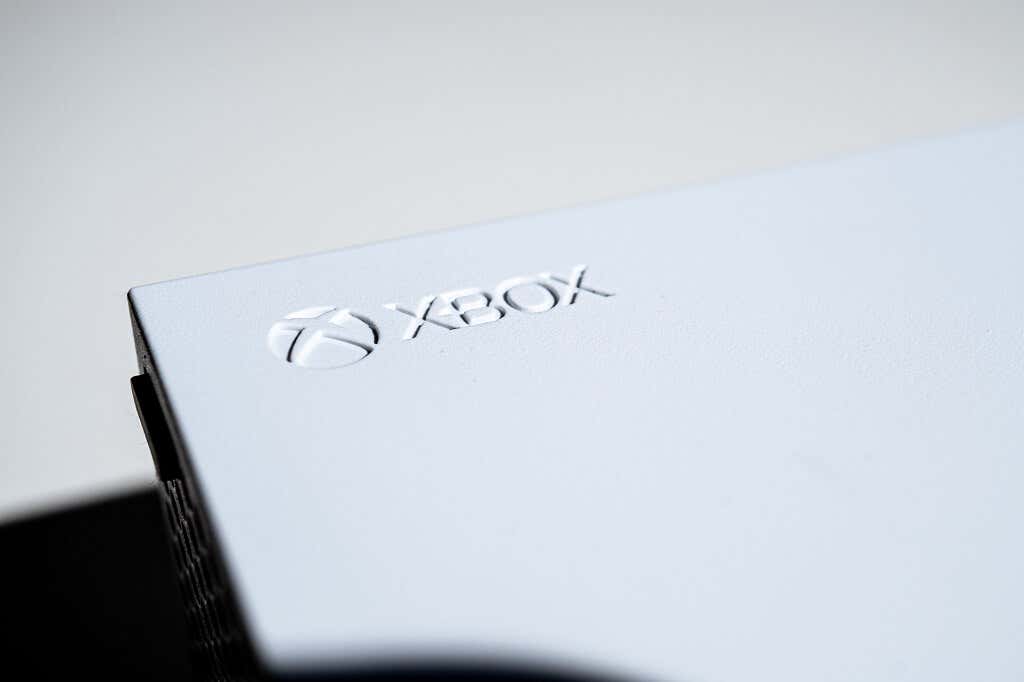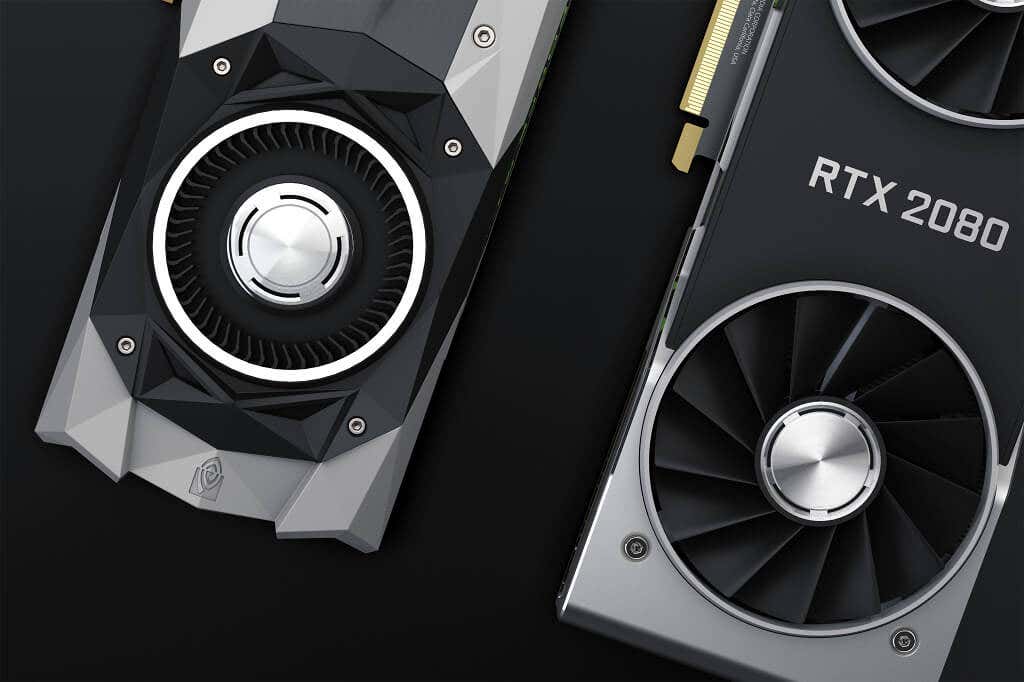- in windows 11 by Admin
What Is DirectStorage on Windows 11?
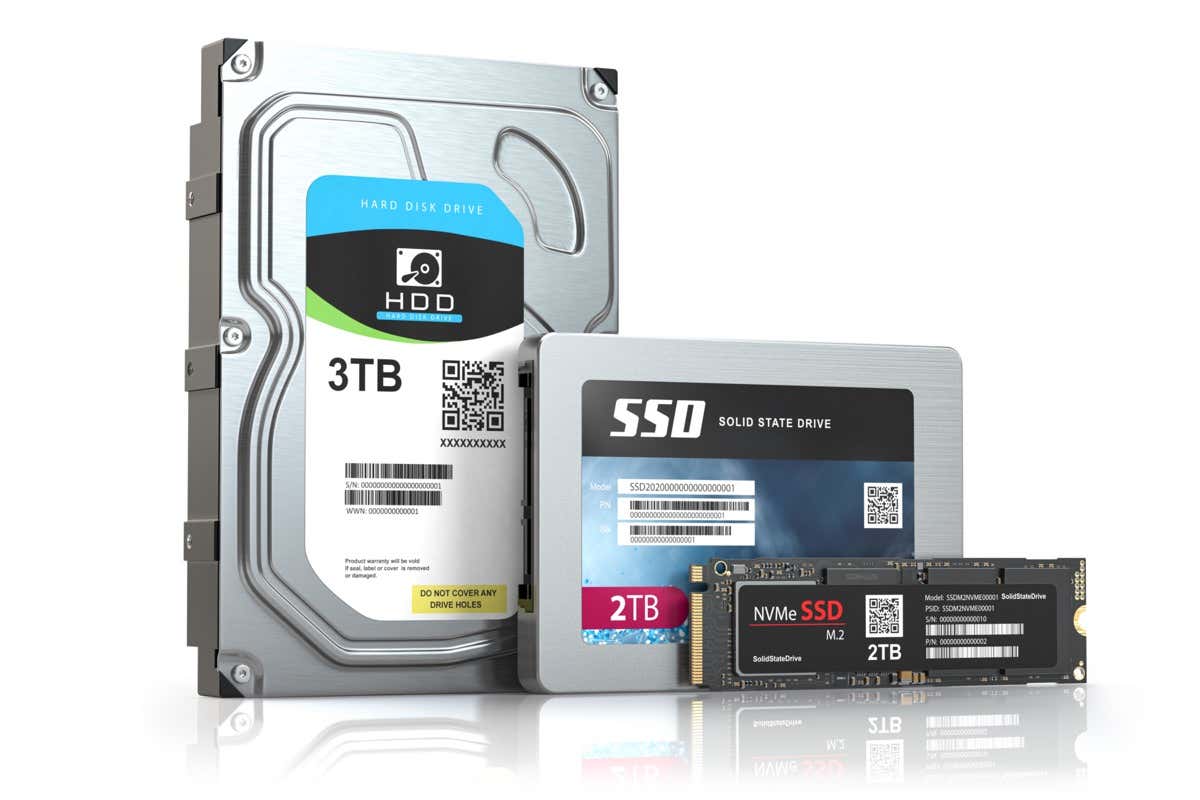
There is a lot of hype surrounding DirectStorage, a new feature that developers can use to eliminate loading times and improve the overall experience for gamers. But what is DirectStorage, and will it live up to the rumors?
In this article, we’ll cover what DirectStorage is, how it works, and how you can use it on Windows 11.
What Is Microsoft’s DirectStorage?
DirectStorage is a feature included in the latest DirectX 12 iterations designed to make the gaming experience better by accessing the full capabilities of newer generation SSDs. DirectStorage was initially developed for the Xbox Series consoles but is now available on Windows 11 and 10.
How Does DirectStorage Work?
Put simply, DirectStorage allows newer GPUs to receive game data faster by skipping now unnecessary pathways and using faster technology, resulting in near-instant load times.
Currently, when a game requests data (like textures, audio, or models) from the system storage, a storage API fetches the data and moves it to the system’s Random Access Memory (RAM). From here, it is passed on to the Graphical Processing Unit’s (GPUs) VRAM to be rendered for display.
This data is compressed to save space on your hard drive. The problem is that GPUs typically cannot read compressed data. So before being sent to the GPU, the data is decompressed by your Central Processing Unit (CPU).
This is what the process currently looks like:
The drawback of this process is that decompression takes a long time and bottlenecks the CPU, meaning that it’s unavailable for tasks that the GPU requires. This means longer game load times and lower frame rates.
DirectStorage is a low-level storage Application Programming Interface (API) that includes brand-new GPU decompression techniques to shift the decompression work from the CPU to the GPU. This means that the CPU is bypassed entirely, and the GPU can receive large streams of compressed data quickly.
DirectStorage also uses the newer NVMe SSDs, allowing much faster data transfer rates than on older storage devices.
Previous APIs were only written to handle a limited amount of data—one in/out (IO) access at a time, usually in large chunks. DirectStorage enables many parallel IO requests, increasing the efficiency by only allowing the necessary data to be transferred for each scene or level. Essentially, DirectStorage optimizes the IO performance for the massive bandwidth available in NVMe drives.
What Are the System Requirements for Windows 11?
Xbox Series X and Xbox Series S consoles implement DirectStorage natively. It was included as part of the Velocity Architecture and is why games must be installed on the Xbox SSD.
However, Windows 10 and 11 operating systems have specific hardware requirements to run DirectStorage.
The hardware requirements for DirectStorage are:
- You must use a PCIe 3.0 NVMe drive at a minimum of 1 TB. This is the current communication protocol for SSDs (replacing the previous SATA interfaces). NVMe SSDs can achieve much faster speeds because they connect directly to the CPU via a PCIe interface. PCIe 4.0 will offer the best results.
- You must have a DirectX 12 Ultimate GPU with at least Shader Model 6.0 support. This includes the NVIDIA RTX 20xx series and above and the AMD graphics cards with RDNA 2 chips.
How to Enable DirectStorage on Windows 11
DirectStorage is an API included in the Xbox Series consoles, Windows 11, and Windows 10 version 1909 and above. This means it’s already enabled on these systems but cannot be used unless you meet the system requirements and the game developers implement the API.
If you meet the requirements, your PC games should run better than ever. Forspoken (developed by Luminous Productions) may be the first game to feature DirectStorage support and is expected to be released in October 2022.
A New Age of Gaming
Every year, new developments push the limits of what is possible in graphics and gaming performance. The new DirectStorage storage stack optimizations should push the envelope for video games even further. But we’ll have to wait for October to see exactly what this looks like in practice.
